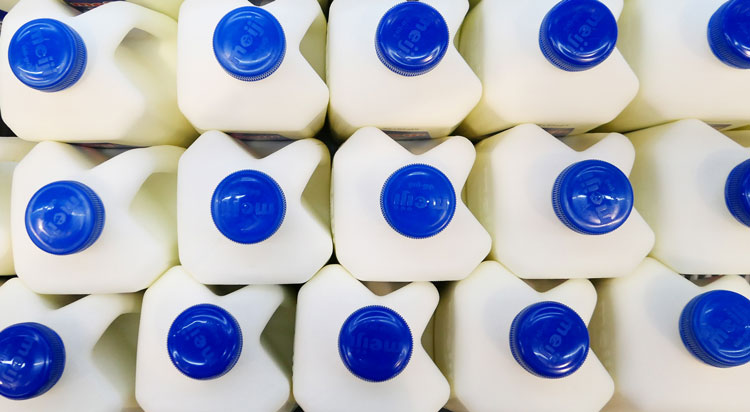
Record milk prices from 2014 have been forgotten and have given way to the serious financial straits many dairy producers have found themselves in these days. Milk price data since 2015 tells a story of lower and less-variable prices.
From the 2010 to 2014 time period, there was a range of $11.10 per hundredweight (cwt.) from the high to low monthly milk price. On the flip side, over the 2015 to early 2019 period, the difference between the maximum and minimum has been only $4.40 per cwt. Producer milk prices have lost their highs but kept their lows. That has been a tough situation for many in the industry.
Many factors at play
The growth in U.S. milk supply has contributed to the tough financial conditions that have plagued the industry. Dairy operation equity built during the record 2014 milk prices, and the apparent economies of scale in the industry, has left aggregate milk supplies very unresponsive during periods of financial stress.
That’s not all.
Economies of scale may result in additional future periods of slow reduction in aggregate milk supplies when the economic situation is stressed. The industry can expand rapidly in periods of strong profitability.
Poor domestic demand for some dairy products has also been a factor. Per capita consumption of 2 percent and low-fat fluid milk declined by 33 pounds from 2010 to 2018. These lost sales have only been partially offset by recent gains in whole fat fluid milk consumption.
Dairy export growth has helped offset some of the supply growth, as U.S. commercial dairy exports grew by 36 billion pounds on a milk-equivalent skim-solids basis over the 2000 to 2018 period. Domestic commercial disappearance grew by only 23 billion pounds during this same time. That being said, the implementation of new trade agreements like the current efforts with China and ratification of the new USMCA agreement remain critical.
Limited upward price movement
The current long-term outlooks provided by FAPRI and USDA estimate that the U.S. All-Milk price will not exceed $18 per cwt. on an annual basis until after 2022. These forecasts suggest a slow recovery over the next three to four years, barring some external unanticipated shock that cuts milk supplies or creates new demand.
What does this mean?
Dairy producers must evaluate the downside risk in milk prices and find ways to protect against these market price lows. They have many new tools available to help reduce the downside risk in markets and the new Dairy Margin Coverage (DMC) will soon be available.
Now is the time to think about how those programs can help during these low profitability periods.








